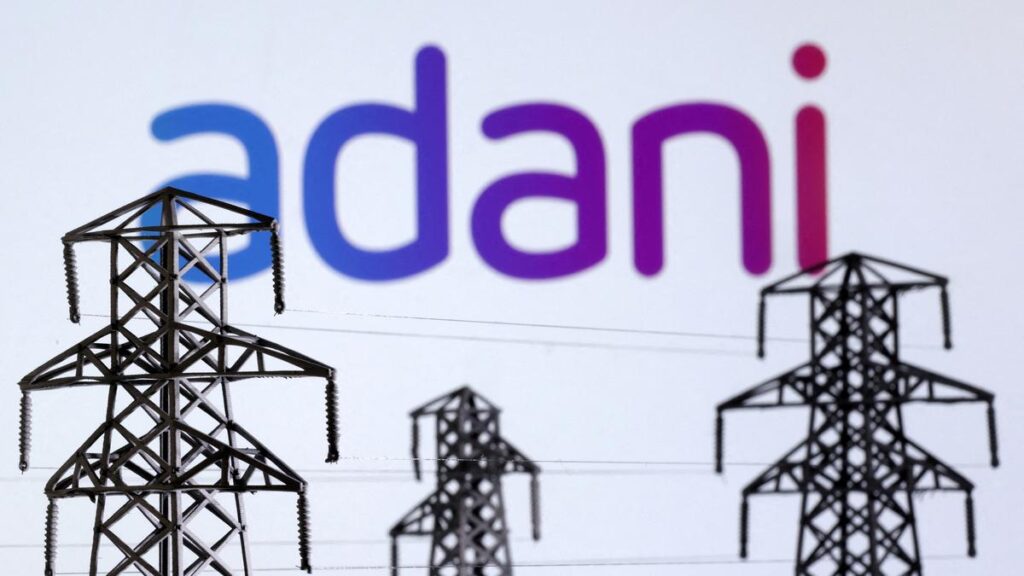
Satellite dish antenna with telecommunication towers on blue sky
| Photo Credit:
bluebay2014
With India granting approval to Elon Musk’s Starlink for satellite communication (Satcom) services, the government is now preparing to allocate spectrum on a first-come, first-served basis. The Department of Telecommunications is in the final stages of drafting the spectrum allocation guidelines, which are expected to be completed within the next four to six weeks, according to sources. This will mark the first time since 2010 that spectrum for licensed communication services will be allocated administratively on a first-come, first-served basis.
“It will take another 30 to 45 days for the rules to come out. Inputs from various stakeholders will be analysed before the final rules are decided,” a senior government official told businessline..
According to sources, under the first-come, first-served model, the government can allocate spectrum bands based on an operator’s specific requirements. “The first company to get spectrum may have greater flexibility in choosing specific frequencies or orbital slots best suited to its technology and service plans,” said an industry expert. “Early access lets the operator design its ground infrastructure optimally, with less concern about interference or coordination with others,” he added.
However, unlike in cellular telephony, where a dedicated frequency band is assigned to each operator, the same spectrum in Satcom can be shared by multiple operators, provided they operate in different geographic locations.
“The only thing is that they have to ensure that there is no interference between operators,” said a source privy to the matter.
“Even if there are 3,000 MHz of spectrum available across the C, Ku, Ka, and Q/V bands, it can be accessed by all three operators—Starlink, Bharti, and Jio,” the official explained. “In the future, a fourth operator could also be allocated spectrum, as their transponders and ground stations would be aligned at different angles, preventing interference.”
Meanwhile, Telecom Regulatory Authority of India (TRAI) in its recommendations on ‘Terms and conditions for the assignment of spectrum’ in May, had also mentioned that the frequency spectrum identified by the Centre for satellite-based telecommunication services in the higher frequency bands such as C, Ku, Ka, and Q/V bands that are assigned on a shared basis, “should be assigned with a condition that each Authorised Entity and all other entities which have been authorised by the Central government” to use such shared frequency spectrum, will coordinate among themselves in good faith”.
TRAI recommended that satcom operators be assigned spectrum administratively for five years, extendable by another two and also suggested a charge of 4 per cent of their Adjusted Gross Revenue (AGR) – a specific calculation of revenue used for calculating government dues from telecom operators – for these satellite operators.
However, Cellular Operators Association of India (COAI), representing major telcos such as Bharti Airtel, Reliance Jio and Vodafone Idea, has said that the TRAI recommendations fail to ensure a level playing field and competitive fairness between satellite and terrestrial service providers when it comes to spectrum assignment (how access to these radio frequencies is granted and managed).
COAI in a letter to DoT had said that these recommendations lack transparency and are based on “non-justifiable assumptions” rather than solid data. The industry body criticised the “limited consideration of stakeholder inputs” and the absence of comprehensive consultation on critical issues.
Recently, Starlink has received the satellite authorisation approval from Indian Nation Promotion and Authorisation Centre (
IN-SPACe), which was the final hurdle for launching services in India.
Starlink, along with other satcom providers such as Bharti Group-backed Eutelsat OneWeb, Reliance Jio’s joint venture with SES, and Globalstar, will be competing in this space of new communication technology.
Key bands
Key frequency bands recommended include Ku, Ka, Q/ V for data and Internet, and L, S, and C bands for mobile links. As per the recommendations, the spectrum will be assigned for up to five years, extendable by another two years.
Recently, Jyotiraditya Scindia, Minister for Communications and Development of North-East Region had said that the launch time of Satcom in the country will depend on the companies’ individual calls, once they finalise on the pricing and areas.
Published on July 15, 2025





